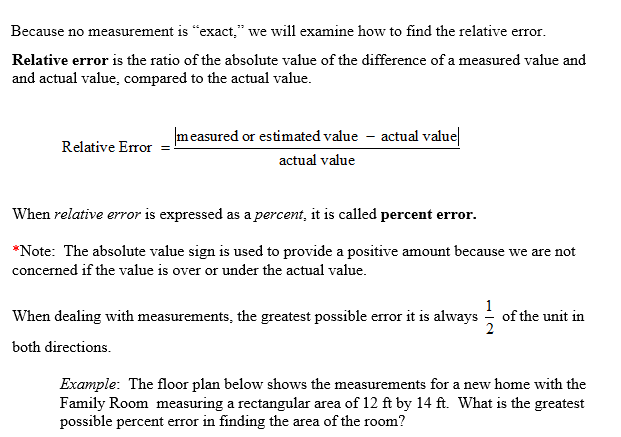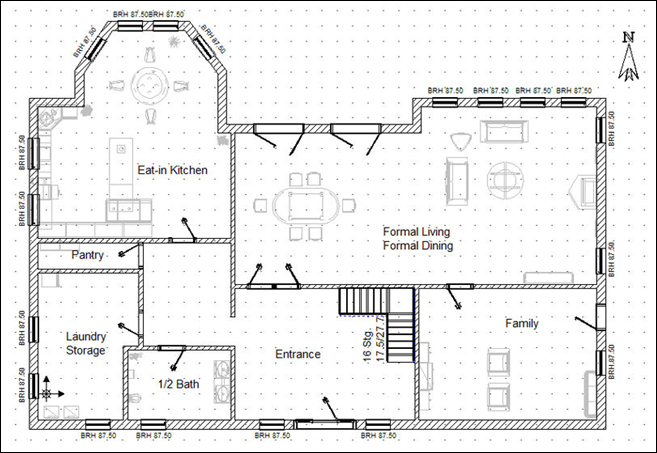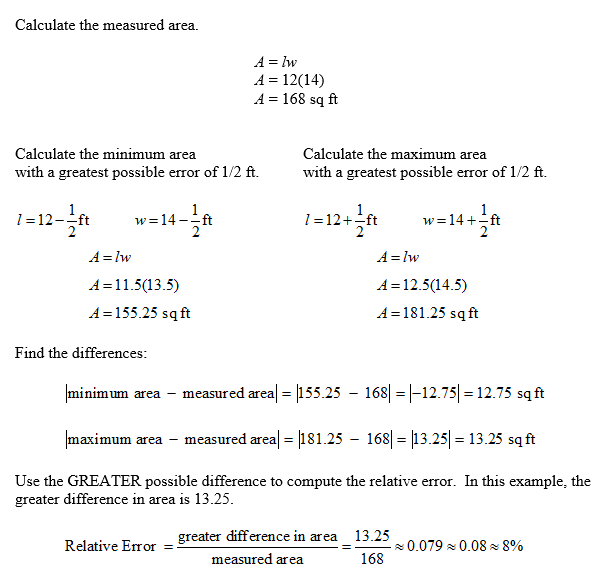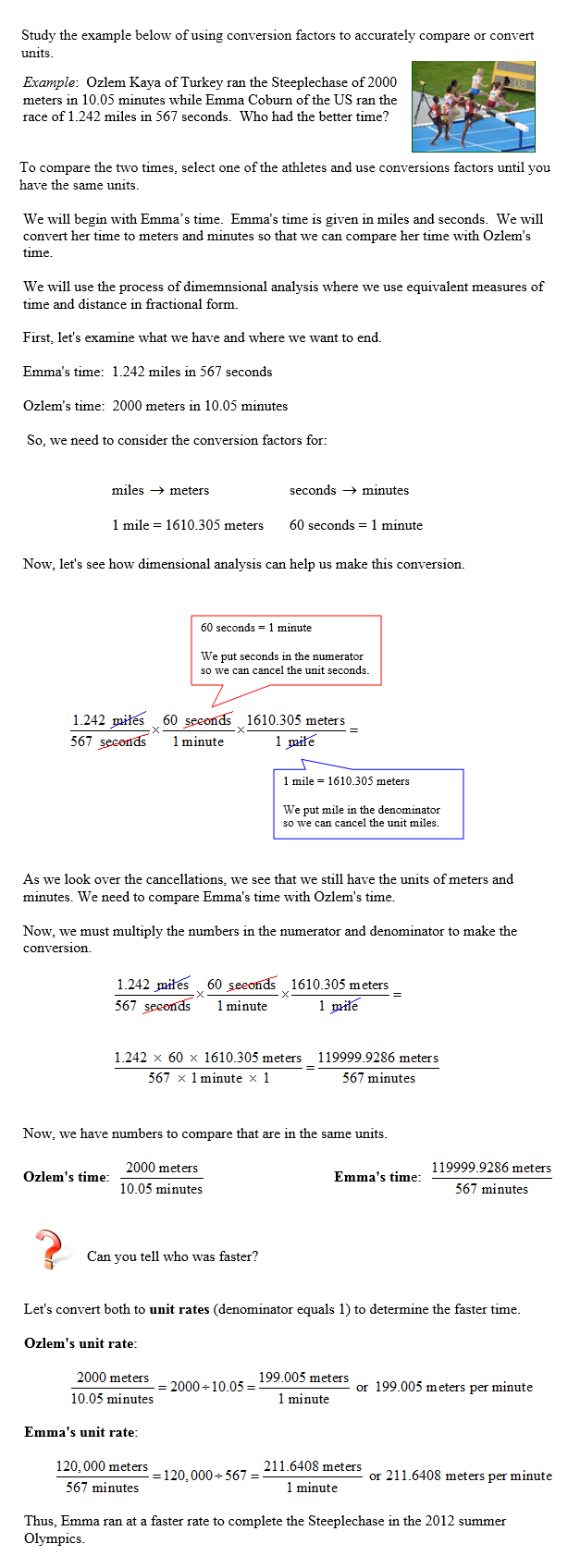INEQUALTIES AND MEASUREMENTS
 |
Unit Overview
In this unit, you will use the procedure to solve multi-step equations to solve multi-step inequalities and graph solutions on the number line. You will then examine how to convert measurements using dimensional analysis, a method used often in scientific studies. The study of measurement ends with a look at the exactness of a measurement and how to allow for variances.
Solving Multi-step Inequalities
 |
|
Stop! Go to Questions #1-8 about this section, then return to continue on to the next section.
Measurement
 |
![]() What type of measurement is used to determine the amount of material to order?
What type of measurement is used to determine the amount of material to order?
Estimation because they just needed an estimate to order the material.
"Click here" to check the answer.

![]() What type of measurement is used to determine the amount that will be collected?
What type of measurement is used to determine the amount that will be collected?
Exact, both numbers are used to state an exact amount determined.
"Click here" to check the answer.

![]() What type of measurement is used?
What type of measurement is used?
Approximation, this is as accurate as the measuring tape will show.
"Click here" to check the answer.
Note: In determining the type of measurement, another factor considered is that the measurement is accurate enough to make the design on the computer.
Stop! Go to Questions #9-11 about this section, then return to continue on to the next section.
Relative Error
 |
 |
 |
By changing the ratio to a percent we can see the greatest possible percent error in area, based on measurements to the nearest foot, is about 8%.
Stop! Go to Question #12 about this section, then return to continue on to the next section.
Measurement Conversions
 |
Stop! Go to Questions #13-21 to complete this unit.

